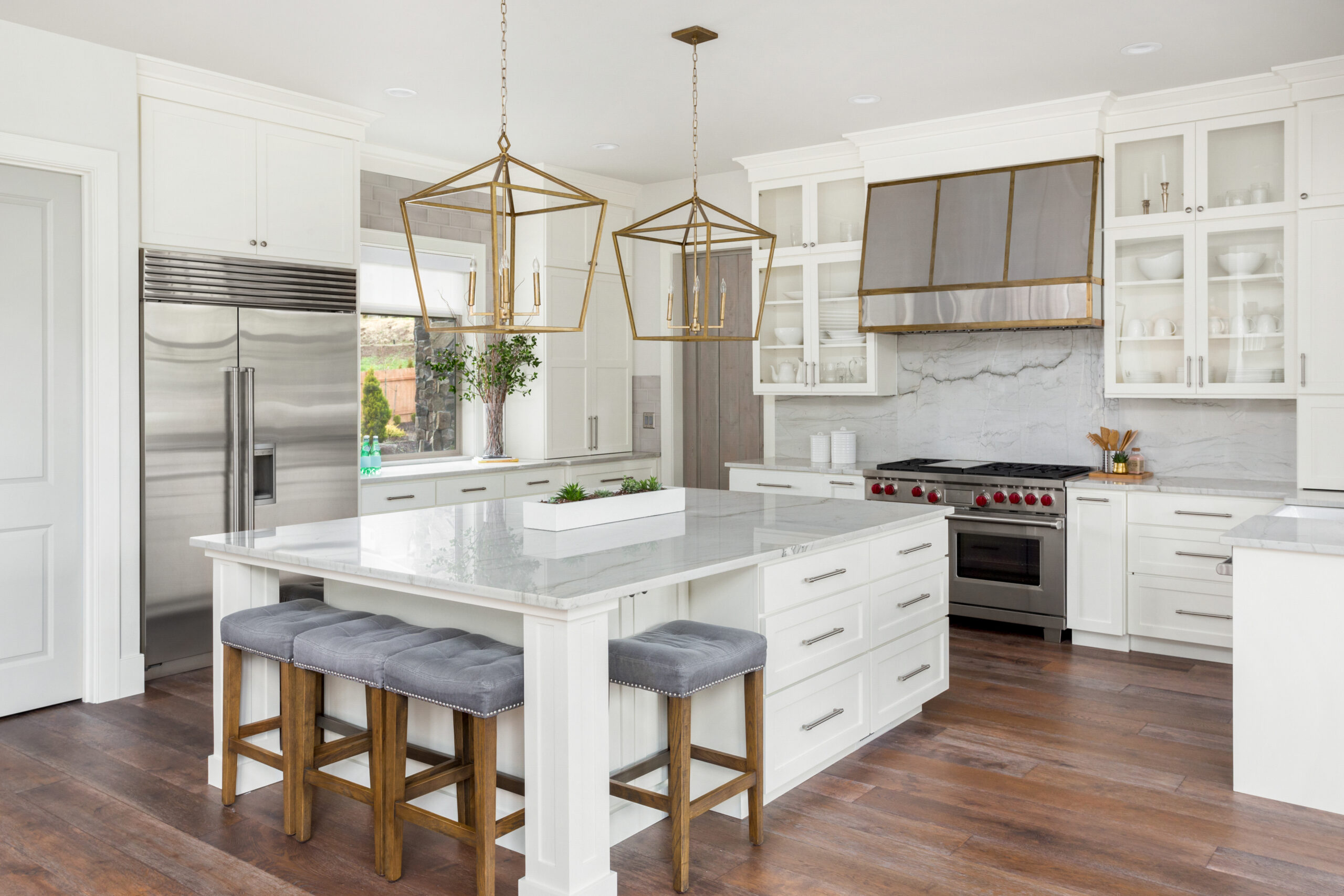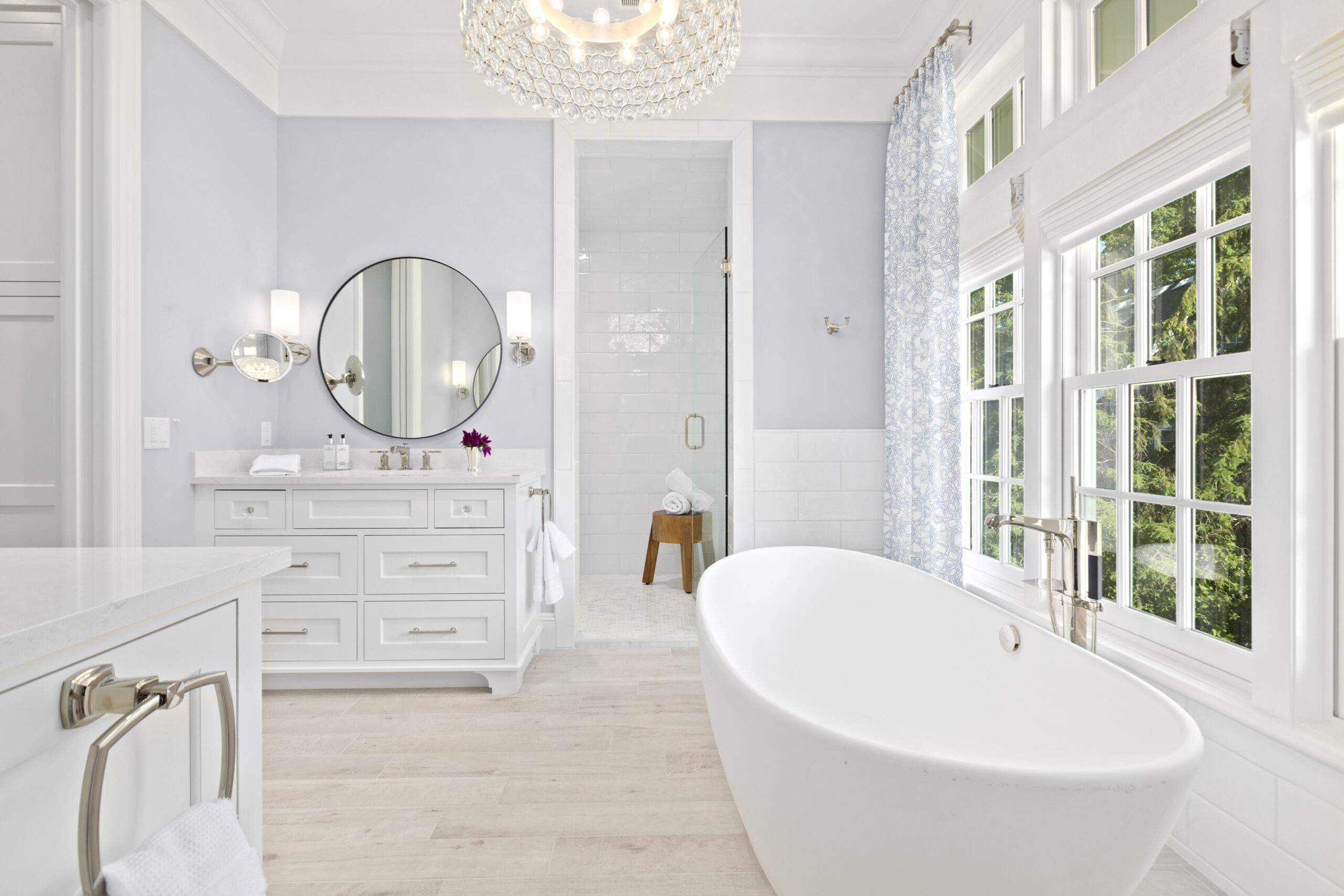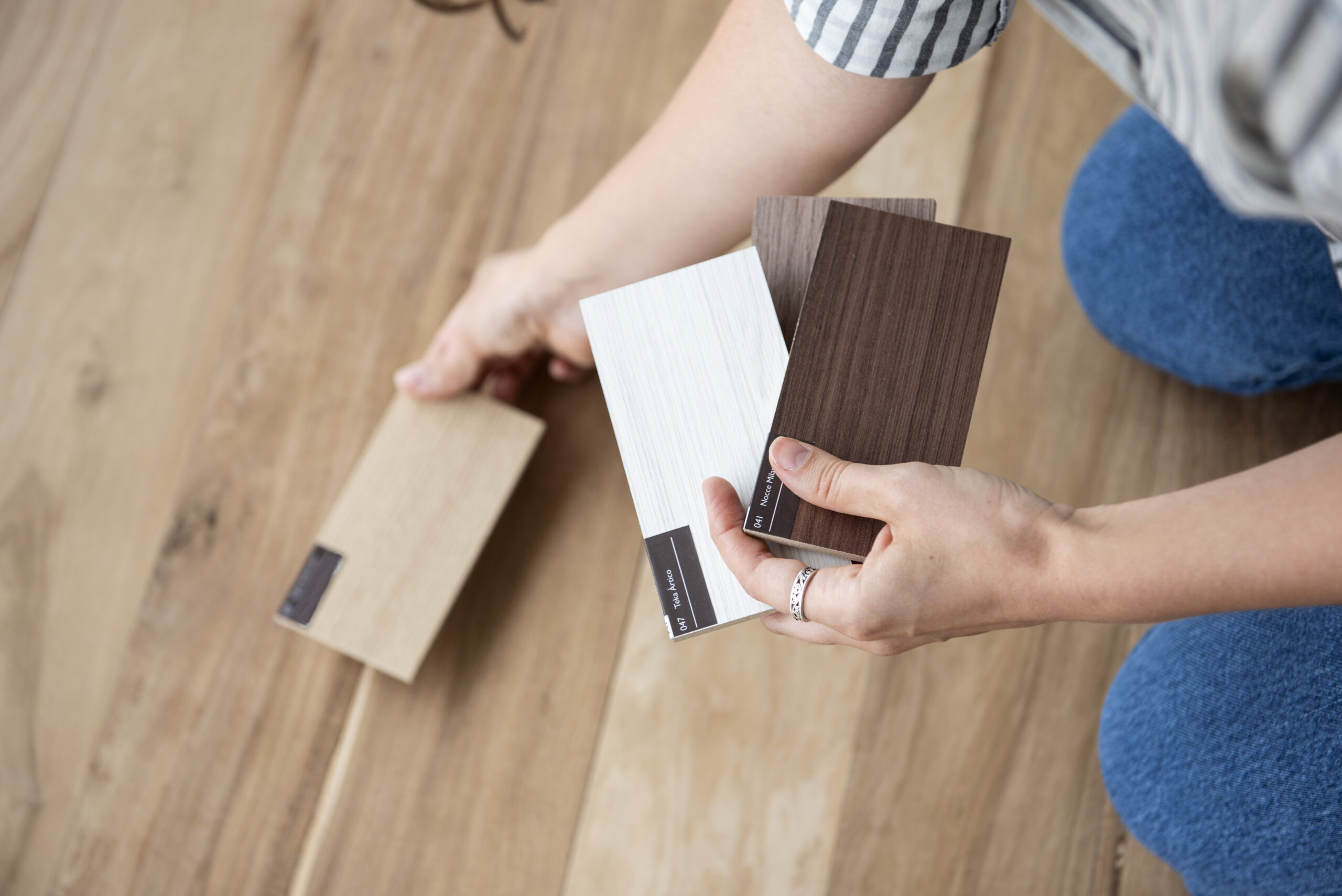I’m here to help you cut through the confusion about what’s trendy and what’s timeless—because trust me, I know it’s not always easy to tell the difference. If I’m finding it tricky as a certified decorator and stylist, I can only imagine how overwhelming it feels for you.
But here’s the thing: it does matter when it comes to redecorating your home.
If you’re anything like me, you’ve had that one room that just doesn’t feel right anymore. Maybe it’s the bathroom that’s been stuck in the same look for years, or the kitchen that’s practically begging for a refresh. For me, it’s the kitchen—built in the ’80s and barely hanging on. We gave it a quick paint job when we moved in, but I’ve been holding off on a full renovation because (fingers crossed) we’re finally going to start building our new home this spring.
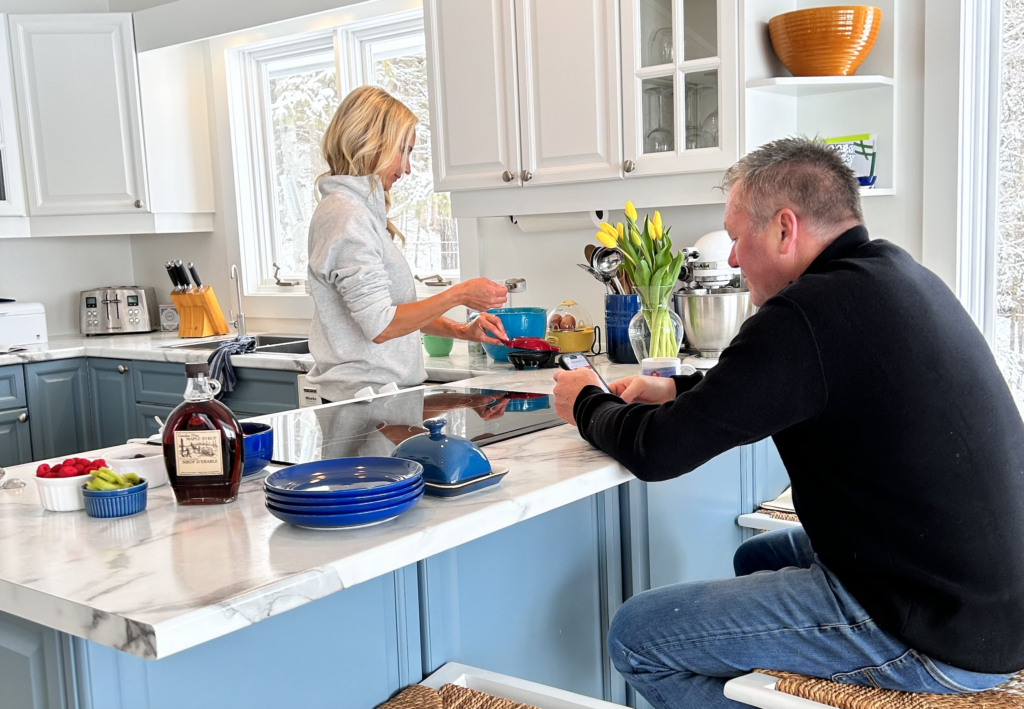
I know—it can be really overwhelming. Thinking about redoing your space and making all those decorating decisions can make you want to freeze up or avoid it altogether. Where do you even begin? You hear designers rave about trends—bold patterns, statement colours, mixed metals, and the latest must-haves. And then there’s that elusive word: timeless. What is that even supposed to look like? How do you know if something is truly “timeless” or just… boring?
Why does decorating have to feel so complicated? You just want your home to feel inviting, comfortable, and like YOU—and not look like you’re on the set of the 80’s sitcom Family Ties.
I’ve been there. There was a time when I felt exactly the same way. I’d look at a space and wonder, Am I just playing it safe if I go for timeless finishes? I worried that my choices would end up looking dull, or that I’d spend all this time and money and still regret it. But then I became a True Colour Expert, trained by the renowned Maria Killam, and she said something that really stuck with me:
“Boring now equals timeless later.” – Maria Killam
Finally, it made sense. It wasn’t about settling for “boring”—it was about creating a classic backdrop, or what she calls an “envelope,” where you can layer in the fun stuff, the trends, the personal touches, and the things that make your home YOURS.
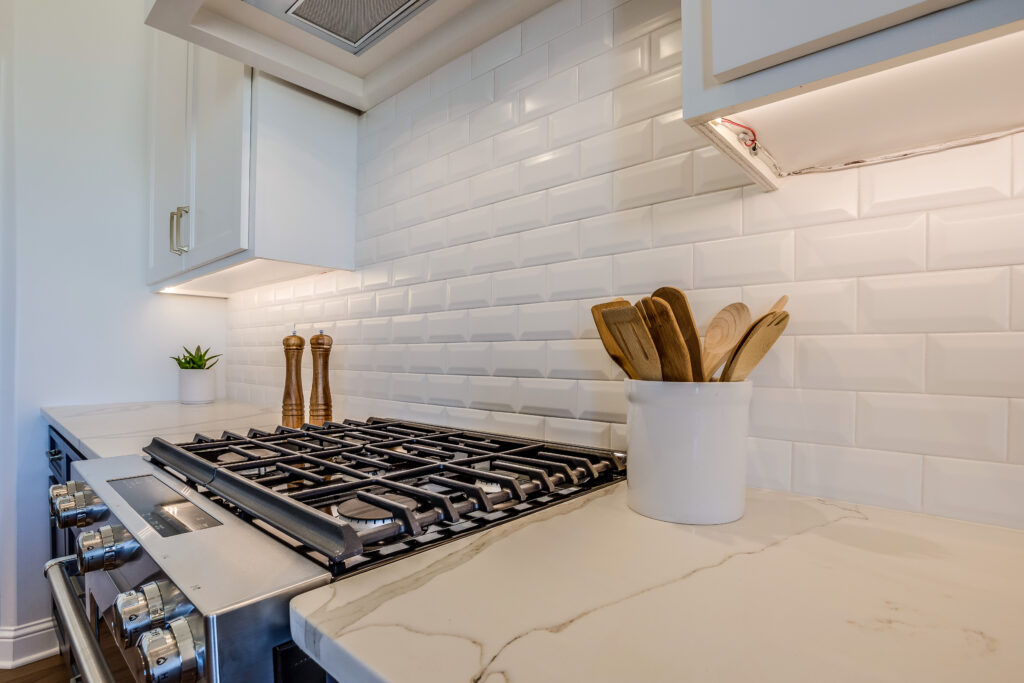
Since training with Maria, my eye has gotten so much sharper at spotting what’s just a trend—something I’d probably get tired of after a few years—and what’s truly timeless.
And here’s the thing: you can train your eye, too. And I’d love to help do that. I want to show you how to look at your space and know when a trend might just be a passing phase, or when a timeless choice could be the key to making your home feel fresh and enduring.
Because you don’t need to know everything about design; you just need to know how to SEE or identify the difference.
Train Your Eye: Spotting Trends vs. Timeless Style
Now that we’ve talked about WHY it’s important, let’s get practical. Here are some simple ways to start training your eye to recognize what’s trendy and what’s truly timeless. These quick tips will help you feel more confident in your decorating decisions.
3 Quick Ways to Spot a Trend
Trends can be exciting, but they also tend to come and go quickly. If you’re wondering whether a design choice might feel dated in a few years, here are three simple clues that can help you spot a trend before you commit.
1) It’s Everywhere All At Once

If you’re seeing the same style, pattern, or colour pop up all over Instagram, Pinterest, and home decor stores, it’s likely a trend. When something becomes super popular, it tends to saturate the market quickly, which can make it feel less special over time.
Think about it—if you can spot it in multiple homes or it’s labeled a “must-have” in magazines, chances are, it’s a trend that could look dated in a few years.
Practical Examples:
Take shiplap, for instance. Thanks to Joanna Gaines and Fixer Upper, it became a staple in home renovations over the past decade. Now, before you go into full panic about this revelation, take a deep breath—I have some shiplap in my house, and you might too.
Shiplap can still be timeless in a classic style of home, like a farmhouse, cottage, or coastal-style home, for which it’s long been associated, but its widespread use (honestly, it exploded!) is what made it a ‘trend. It’s not the end of the world that we gravitated to it, but it serves as a great example because it’s so relatable.
Similarly, the “all-gray everything” look dominated interiors (flooring, cabinetry, walls) a few years ago, but now warmer tones are making a comeback. Now start to pay attention…and if you’re seeing finishes like fluted paneling, or geometric light pendants, or matte black fixtures with white cabinets everywhere, there’s a good chance it’s a trend!
2) Bold and Distinctive

Trendy finishes often make a strong visual statement with bold colours, unique textures, or eye-catching shapes. If a design element grabs your attention immediately or is intended to be the focal point, it’s probably a trend. These features can add character to a space but may also become dated as tastes evolve.
Practical Examples:
Consider boldly veined marble with dramatic patterns like Calacatta Viola or Calacatta Poanazzo. These statement-making stones are not only being used on countertops but are also wrapping up walls as full-height backsplashes, creating a striking, luxurious effect in kitchens and bathrooms.
While beautiful, this bold use of veined marble makes it more likely to feel tied to a specific design era over time. Another example is jewel-toned zellige tiles in deep sapphire or emerald, which bring a lot of personality but may not age as gracefully as more subtle options.
3) It’s a Buzzword or Has a “Name”

When a design style becomes popular enough to earn a catchy name or buzzword, it’s often a sign that it’s a trend. These terms are frequently used in marketing, social media, and design publications, making them easy to spot. When a look is often associated with a specific label, it can become tied to a particular design period rather than enduring as a timeless choice.
Practical Examples:
Styles like “Japandi,” “Coastal Grandmother,” and “Scandinavian Minimalism” have gained popularity recently. Japandi blends Japanese simplicity with Scandinavian coziness, using natural materials, muted tones, and minimalism. “Coastal Grandmother” is inspired by the kind of home you’d imagine a chic grandmother living in by the coast. Meanwhile, “Scandinavian Minimalism” emphasizes clean lines, functional design, and light, neutral palettes.
While these styles can be beautiful and cozy, their catchy labels and widespread appeal make them more likely to feel tied to a particular moment in time, rather than standing the test of time as truly classic designs.
3 Quick Ways to Spot a Timeless Finish
Now that we’ve trained your eye to spot a trend, let’s look at how to identify timeless design choices. While trends can come and go, some elements have a classic appeal that can make your home feel stylish for years to come.
1) It Has a Long Design History

Timeless elements often have a history of use across different design eras, making them versatile and classic. They are materials, colours, or shapes that have been appreciated for decades, if not centuries.
Practical Examples:
Think about classic materials like marble, which has been used since ancient times, or subway tile, which has been a staple in design for over a century. These choices remain popular because they’ve proven their enduring appeal.
2) It Complements a Variety of Styles
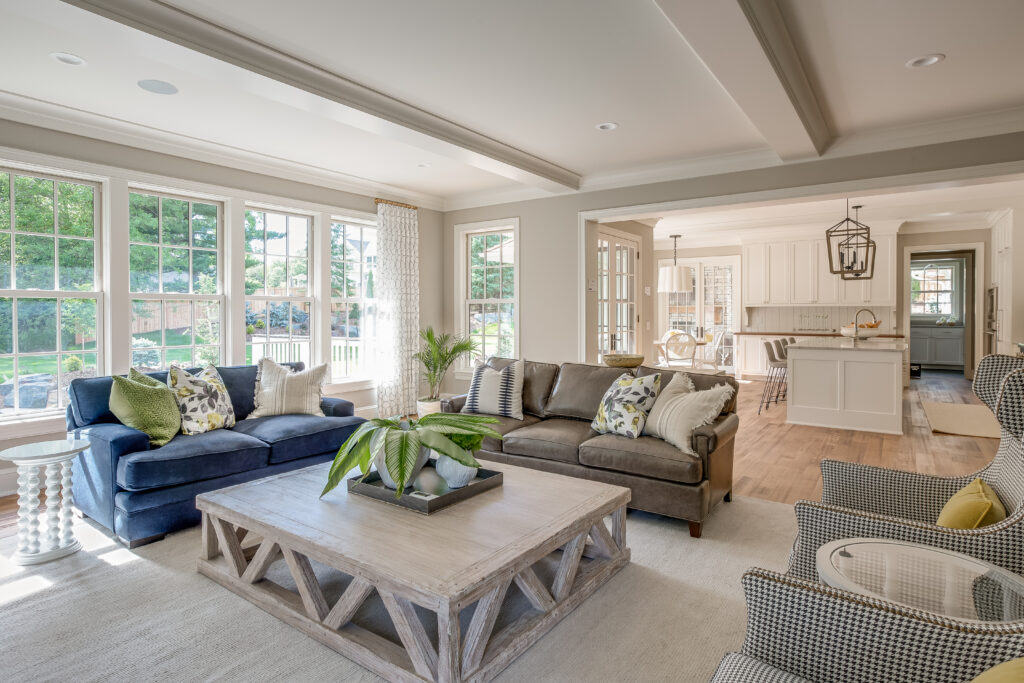
A timeless design element can adapt to different interior styles without feeling out of place. If a piece works well in a traditional, modern, or eclectic space, it’s more likely to be timeless.
Practical Examples:
Neutral colours like off-white, beige, or soft gray are versatile and blend seamlessly into many design styles. A classic sofa shape, such as a Chesterfield or English roll-arm, can look right at home in a variety of settings. Also simple-shaped sofas in solid colours like blue, green, or yellow are likely to stand the test of time better than those covered in the latest trending neutral shades.
3) It’s Made from Natural or High-Quality Materials

Timeless pieces are often made from natural, durable materials that age gracefully and patina over time. These materials not only look beautiful but also last longer, making them worthwhile investments.
Practical Examples:
Solid wood furniture, leather that gains character over time, and natural stone countertops are good examples of elements that only get better with age.
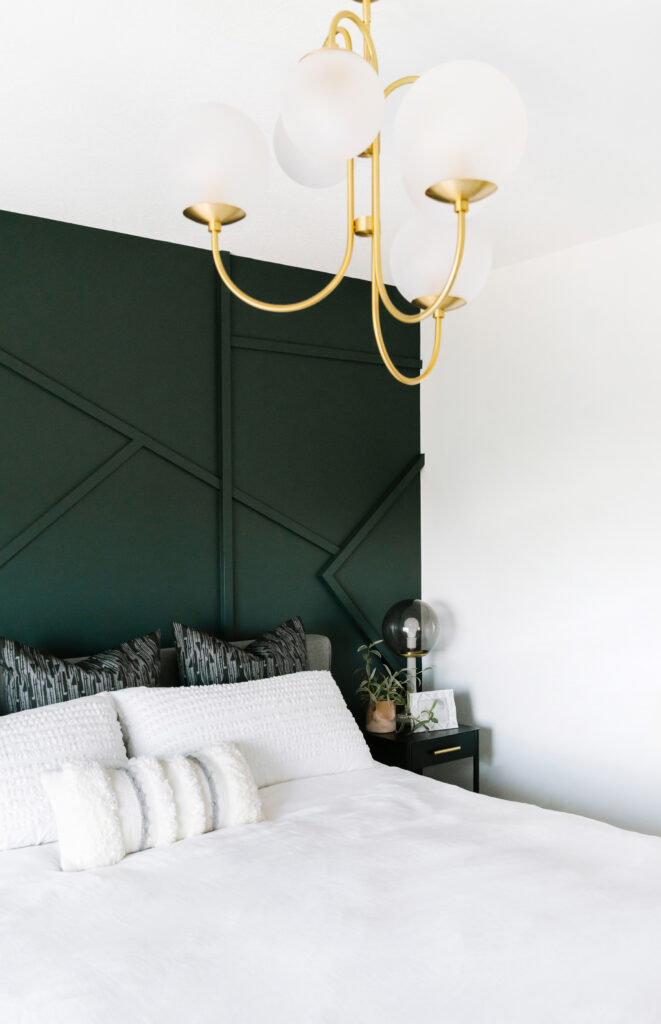
So here’s the idea: trends come and go every 7 to 10 years, and that’s just the way it works—whether in home decorating, fashion, or anything else. You’ll see these trends everywhere, from magazines to Instagram and design shows. And that’s perfectly okay.
It can actually be exciting to embrace a trend and give your home a fresh look. For example, painting your powder room a moody dark colour with a colour-washing technique isn’t a huge investment, and it can be just the lift your space needs.
But when you’re making decisions about the more foundational “envelope” elements, like flooring, countertops, or tile—things that are more permanent and costly—it’s important to ask, “Is this trendy or timeless?” You don’t want to find yourself having to redo these choices every few years just because a trend has faded.
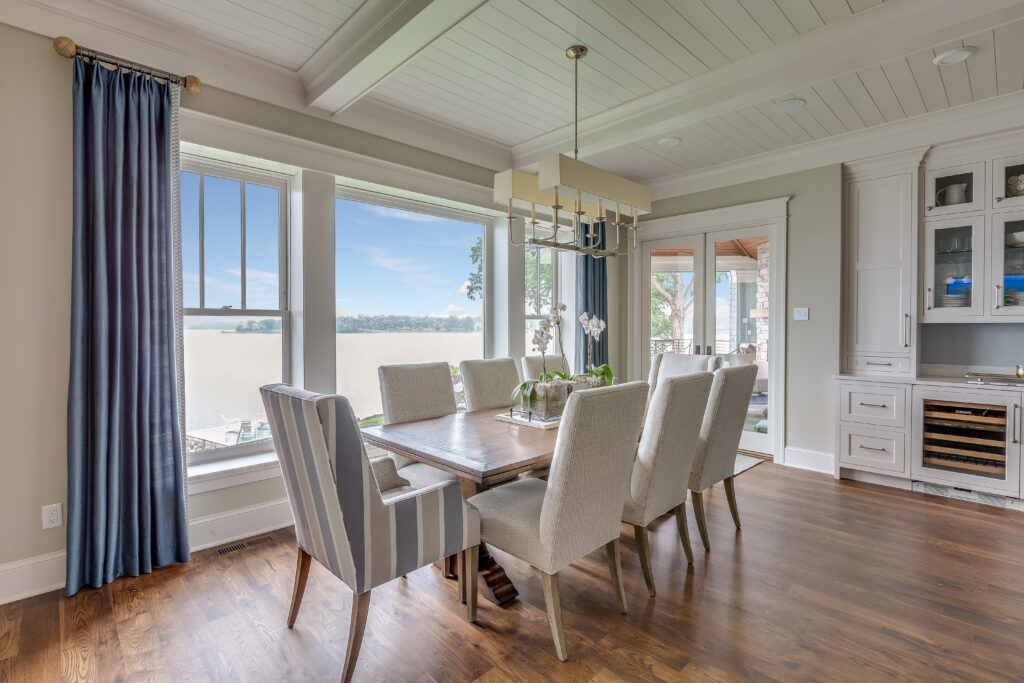
At the end of the day, the goal is to be AWARE of trends so that you can make choices INTENTIONALLY.
Decorating is about creating a home that FEEKS like YOU, and if you love it, then you’re doing it right. Because, really, isn’t that what matters most?
I hope this helps you to identify what’s trending and what’s a classic so that you feel more empowered the next time you need to make a decorating decision!
